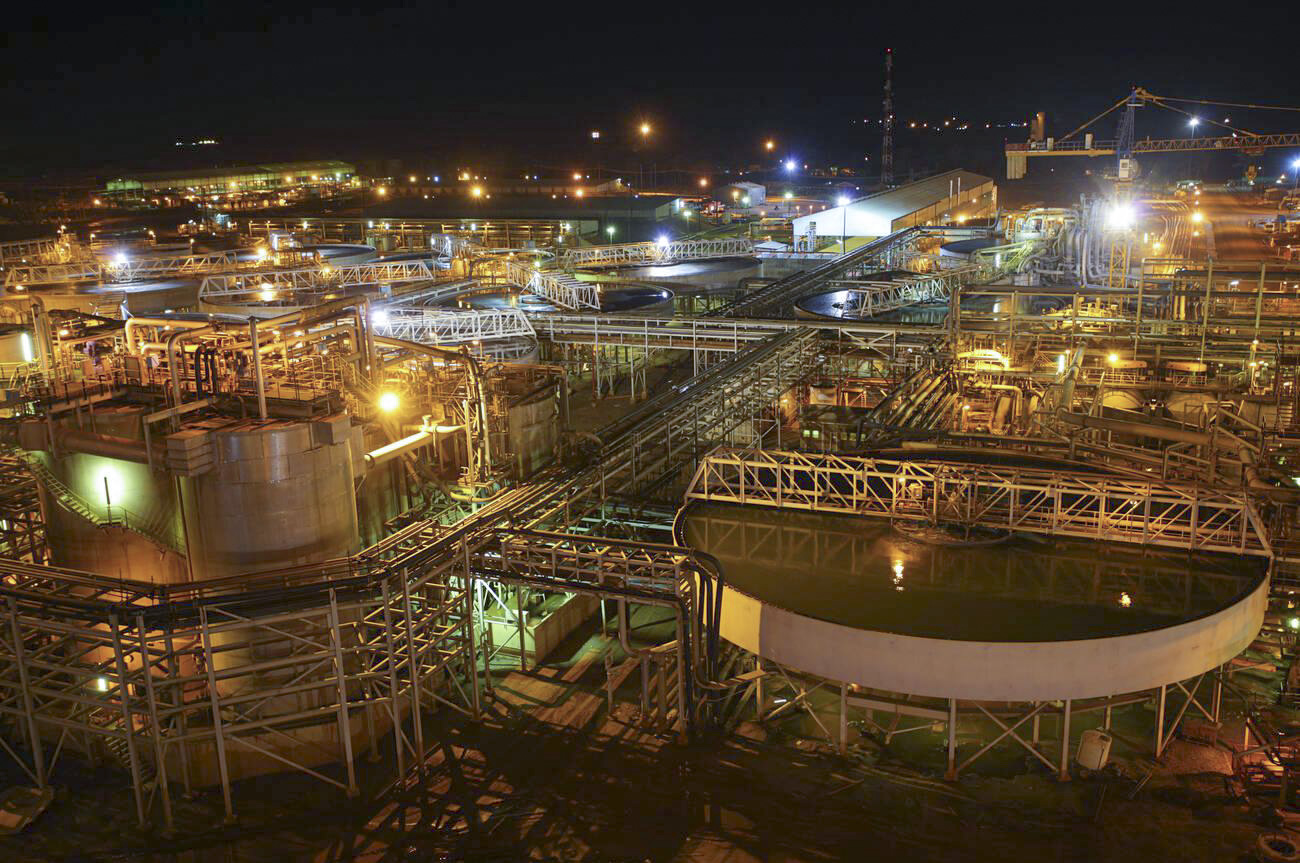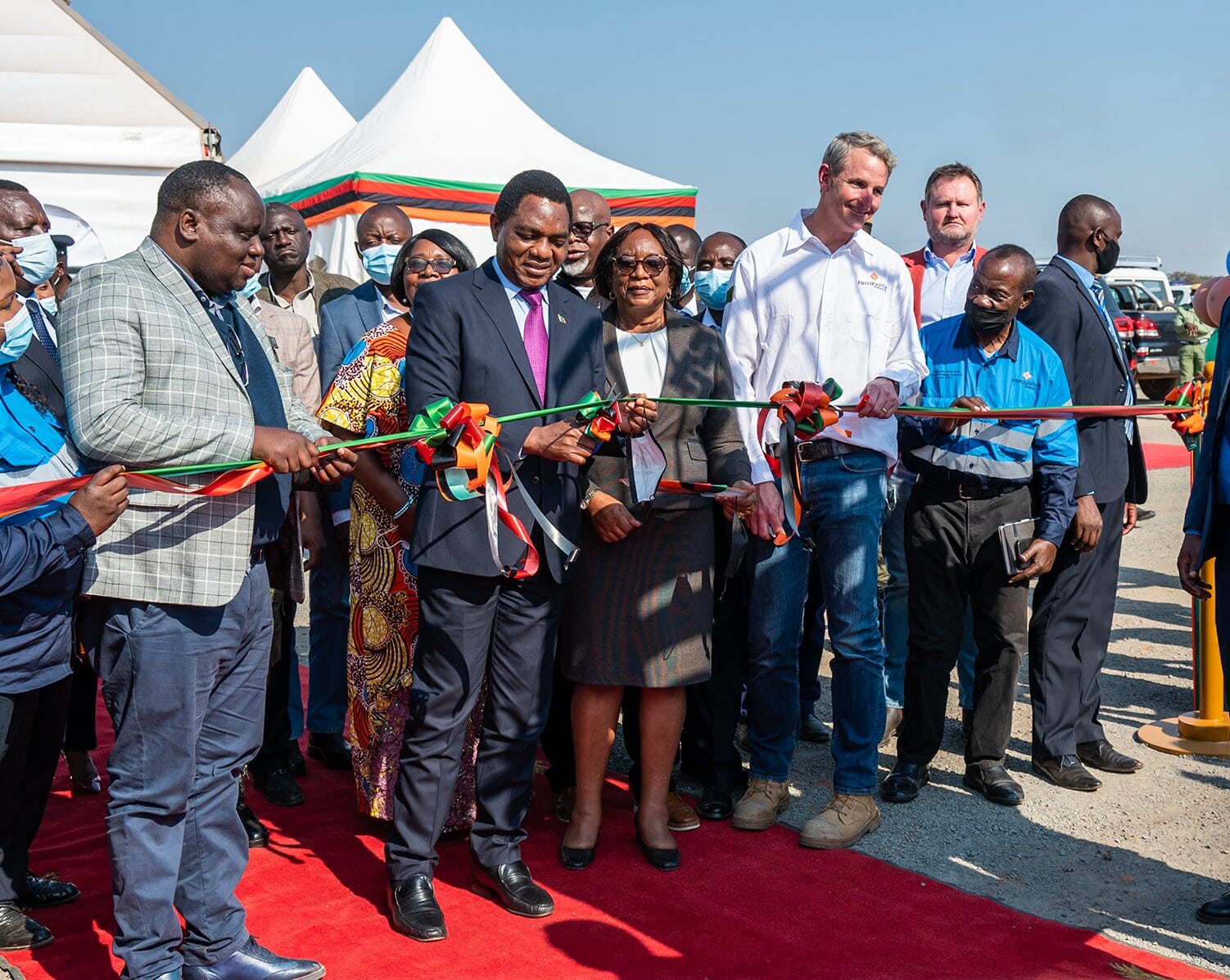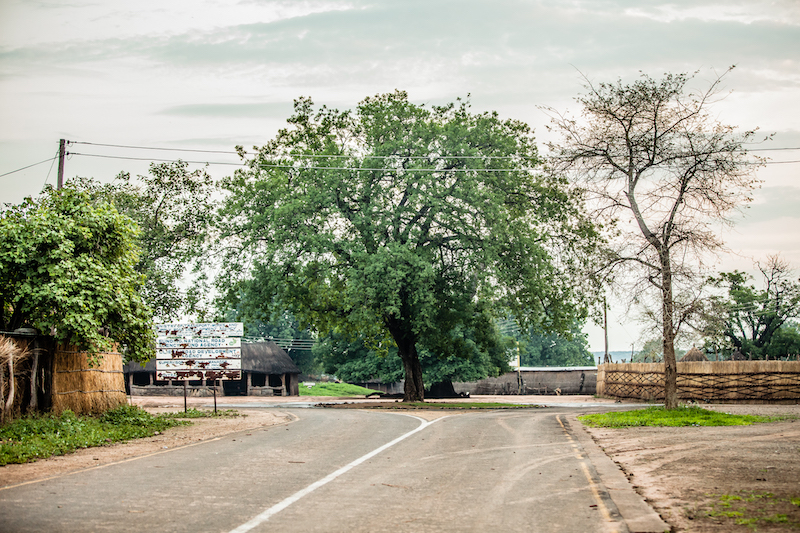Zambia’s reliance on copper dates back to independence 54 years ago and shows little sign of lessening significantly. Mining still accounts for more than 70 percent of export earnings, and it is a cliché of Zambian life that the money it brings in affects every man, woman and child. When the copper price goes down, we all go down, when it goes up, we all feel safer and happier.
As the Zambia Extractive Industry Transparency Initiative (ZEITI) stated in 2013, mining accounts for 30 percent of government revenues. Without that, it is debatable whether the country could continue functioning.
As a nation heavily dependent on imports, when export revenues from copper fall, imports for development and all else have to be cut back, and experts say that unless alternative sources of foreign exchange can be found, economic stability is a far-fetched dream.
Farming is said to be the sleeping giant of the economy. Currently, it contributes 20 percent to the gross domestic product (GDP), plus 35 percent to non-traditional exports (exports other than copper and cobalt). The sector provides work for about 70 percent of the labour force, many of whom are subsistence farmers and get little for their efforts.
The 2013 World Bank poverty assessment noted that if agricultural policies were well coordinated they could considerably improve the lives of poor Zambians because of the “intense concentration” in rural areas and among small-scale farmers. However, the report also noted that government’s fertiliser subsidy regime and other input policies are insufficiently targeted and have only been marginally effective in raising small-farm incomes despite their enormous cost.
Tourism is another industry sitting on its potential. The cost and pricing of the industry means that it has little accessibility locally, and as a result there is a limit to local support for the industry perceived as being only accessibly wealthy foreigners.
The Travel Foundation, a UK-based charity, describes tourism as the world’s largest transfer of resources from rich to poor, dwarfing international aid, but getting the proceeds from tourism to the poor is easier in theory than in practice. In Zambia, taxes from tourism are swallowed up in the general tax system and it is difficult to assess the level of benefit to the poor.

However, making Zambia a top tourism destination in the region is challenging and comes with costly hurdles in competition, in pricing, in transport, in service standards, in product variety and marketing, in caring for and maintaining the wildlife estate, plus the difficulties and costs in importation of essential goods and so on. The result is that tourism arrivals fall below those in better-performing countries in the region.
In talking with experts, it becomes clear that “it is the manner in which our policies are crafted and the failure to recognise the full potential of the Zambian economy” that makes economic diversification difficult to achieve. Professor Ackson Kanduza, an economic historian of the Zambian Open University, points out that the government in 1964 had plans for economic diversification that were laid out through the Transitional Development Plan, as well as the first and second national development plans. These and subsequent plans for diversification have yet to be fully implemented.
Little has been done to promote manufacturing and import substitution. The Zambia Association of Manufacturing said in 2014 that mining companies were importing up to US$1.7 billion worth of manufactured goods a year. This contrasts with a 2014 study done by the Chamber of Mines and the International Council of Mining which said that some US$600 million worth of goods were being imported directly by mining companies and about K1 billion (approximately US$84 million) on imported products supplied by local companies. Only US$ 100 million worth of products come from local manufacturers. Mining companies are often criticised for failing to buy local products, but the difficulty is many of the required products are not manufactured here.
Experts say the biggest single constraint in the quest for diversification is the lack of skilled manpower. It is all well and good to think up an idea for a factory or an enterprise of some sort, it is quite another to find skilled staff. Says Professor Oliver Saasa: “We’re in a country that needs artisans. What we need are colleges of applied vocational training.”
Professor Kanduza points out that the population has increased considerably since independence. One result is that unemployment is much more obvious now and creating frustration. He hopes for a population of “political leaders that will fully commit to economic diversification.”















